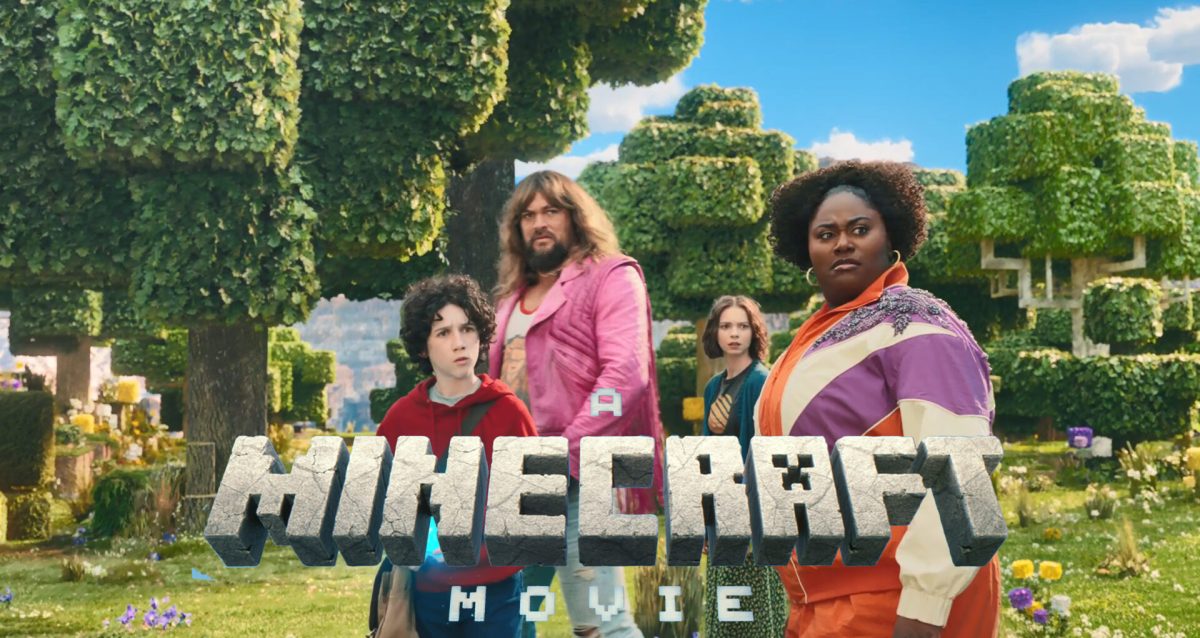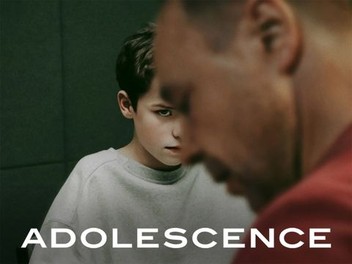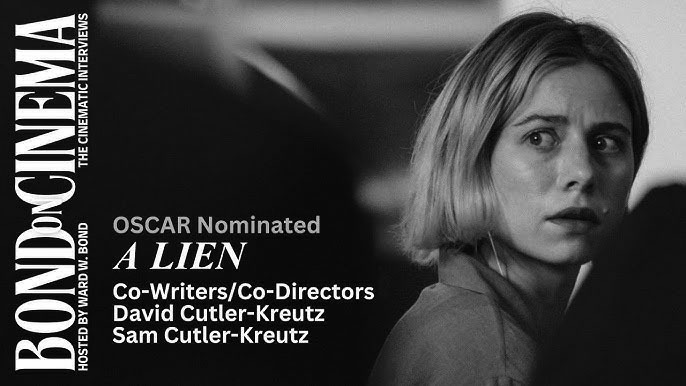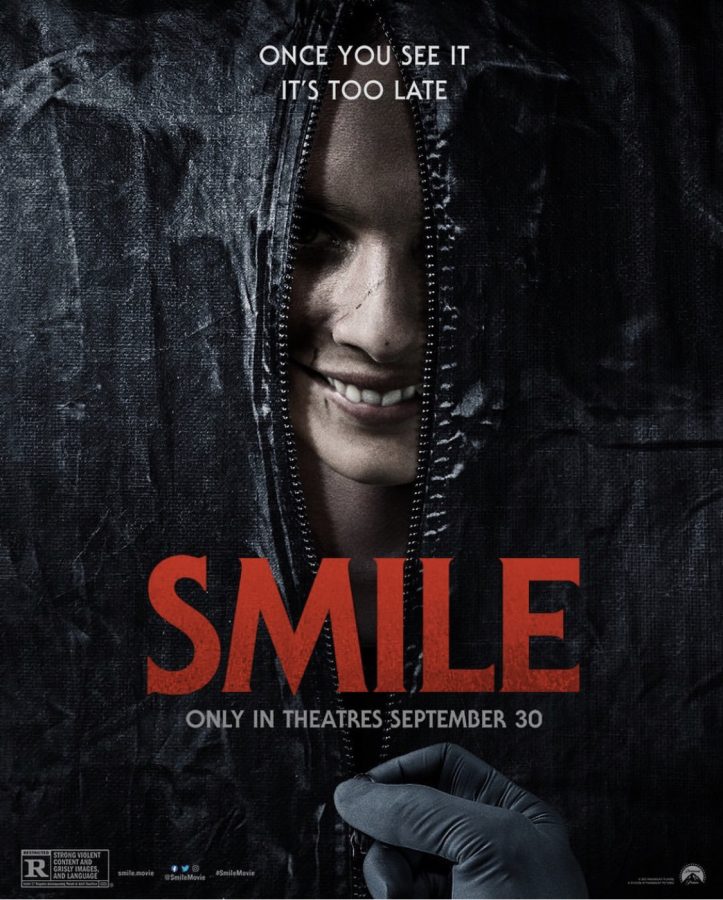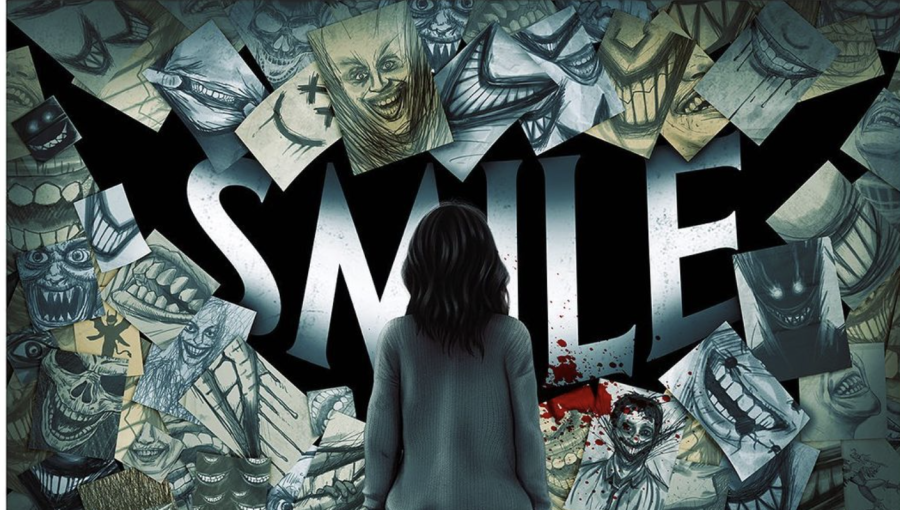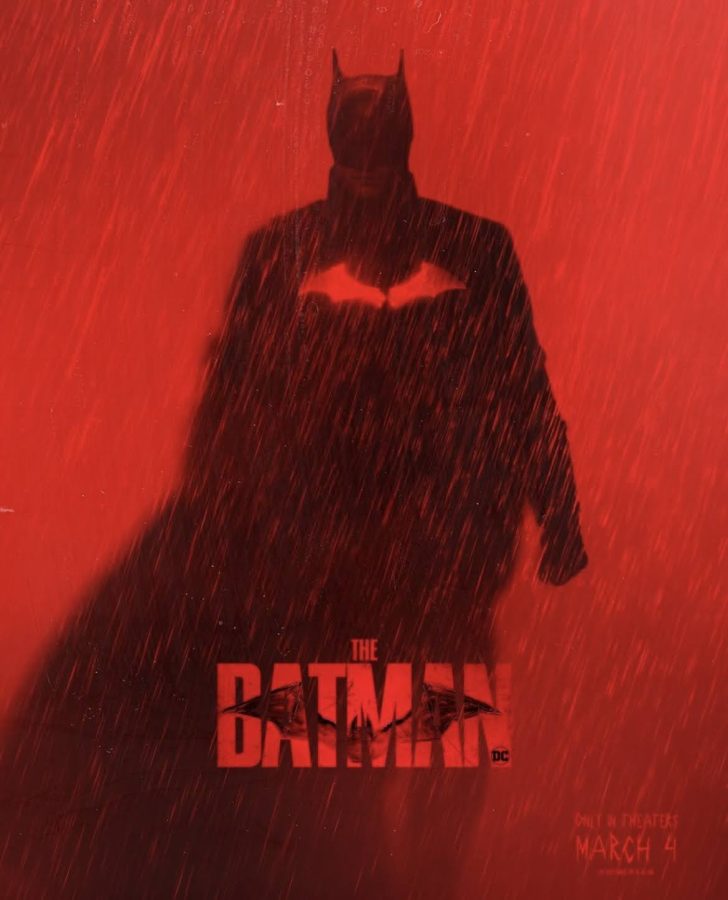Pulitzer Prize winning journalist and novelist Hector Tobar’s novel, Deep Down Dark, has been adapted into a major motion picture, titled The 33, which stars Antonio Banderas, Juliette Binoche, and James Brolin, and premieres Nov. 13.

Tobar is scheduled to speak at Yale University on Sunday, Oct. 4, to give his perspective on the 2010 Chilean mine disaster, upon which his novel and the movie are based.
On Aug. 5, 2010, a natural disaster struck and captivated the entire world. In the northern region of Chile lies the Atacama Desert, one of the vastest desserts on the planet. One of the prominent cities in the Atacama region is Copiapo. One of the main focal points of Copiapo’s economy is the mining industry.
The Copiapo Basin in the heart of the Atacama is a mineral rich desert that has attracted miners for decades. A small, yet prominent, mine called San Jose was a large harvester of the Atacama’s copper and gold deposits.
Providing for the region for since 1889, the San Jose mine was one of the most profitable for the region. Business continued as usual spare a few minor accidents until the disaster struck.
The mine collapsed midday, trapping 33 workers inside underneath thousands of feet of rock, and leaving them stuck in the mines for 69 days. To make matters worse, this tragedy came a mere six months after the nation of Chile was devastated by a record breaking 8.8 earthquake and a tsunami that claimed the lives of over 500 people.
BA: As a renowned journalist, what made you want to write a whole novel about this specific incident?
HT: The story of the San Jose mine is such a fascinating tale of the human spirit, and was watched for months by 1.2 billion people across the planet. There is an astounding story at the heart of the disaster about several guys trying to get back to their families. This story was perfectly suited for a narrative nonfiction novel, so of course I pursued it. As a writer, I have focused on Chile and Latin America as it is a fascinating region of the world. Of course I jumped on the opportunity to research and publicize one of Chile’s most important events in recent history.
BA: What was the experience of going to the San Jose mine like after the disaster happened?
HT: Well, I’ve been to the Atacama Desert five times for Deep Down Dark. Each time I am struck by the dessert’s beauty. Yet, even more striking is the haunting atmosphere at the site of the San Jose mine. Knowing the drastic events that transpired there is incredibly humbling, and there is just a stigma there of being in the presence of something greater than yourself.
BA: Sifting through all of the information and accounts of the event must have been a daunting task. From government reactions, to media reports, to witness and family accounts, how did you choose what to focus on in Deep Down Dark?
HT: When I look at this event, I try to look at it first and foremost as a narrative story. At the heart of any story is the characters. Who these men are and what their intentions were to work in the mine is what is fascinating about the event. Deep Down Dark is a story about men trying to provide for their families. They have to be viewed as real people with their own individual personalities, not as victims of a tragedy. By delving into the personalities and ambitions of the men, they become very real, as they are.
BA: Reading the book, it reads very much like a hero’s quest, similar to In the Heart of the Sea and The Revenant. Did you find elements of that hero’s quest in talking to the 33 miners?
HT: The hero’s quest is absolutely prominent in these men’s’ stories. While writing Deep Down Dark, I saw the story as an Odyssein quest. These men are all trying to get home from a perilous situation. During their time underground, they face temptation in the idea of further mining to become wealthy. All the while, they are continuously threatened by the unpredictable caverns that may cave in at any moment. They have to find the hope to survive, and in the process find themselves.
BA: Obviously it is unrealistic to do a character study of all thirty-three men. How did you choose who to focus on in your book?
HT: Interviewing all of the men, I found that some are just better at conveying their accounts than others. On top of that, there are pivotal men in the story. Mario Sepulveda (played by Antonio Banderas in The 33), played a very important part in letting the world know what was going on through his vlogs. Alex Vega was very much representative of the Chilean everyman, so it seemed appropriate to focus on his story as it was so relatable to so many people. Omar Reygadas was a bit older than most of the miners at 56, yet took a leadership role during the 69 days. So he is one of the most pivotal characters to focus on.
BA: Getting into the movie, what are your initial reactions about The 33?
HT: Off the bat, I think the film captures the essence of the story very well. While there are certainly action-packed scenes during the mine’s collapse, the story is about family, and I think it captures it very well. There are some composite characters, but overall it is a very good retelling of the San Jose mine collapse.
BA: Working as a consultant on The 33 with the producers, how was the experience of being on the set of a movie?
HT: It was a great time working with the producers. My capacity as a consultant involved fielding several questions from the cast and the crew to ensure that the story was played out as accurately as possible. Filming on location in an abandoned salt mine in Chile was very much an accurate representation of the San Jose mine. Furthermore, throughout the production process, I learned an immense amount about the film industry. Film is the hardest medium to tell a story in, and I am very proud of the job they did on The 33.
BA: How do you think the miners will react to the movie?
HT: All of the miners have actually seen it already. They all had a very emotional response, and the film brought them right back to their experience. Several of them cried throughout, myself included. As a matter of fact, all of the miners make an appearance in the film, similar to the Holocaust survivors at the end of Schindler’s List. This makes The 33 that much more real and engaging.
BA: Thank you very much for your time today. I can’t wait to finish Deep Down Dark and see The 33 in November. On a final note, what would you have to say to all of us aspiring journalists out there?
HT: Well, journalism is one of the noblest professions there is, in my opinion. To bear witness to incredible stories like the ones of the 33 men form the San Jose mine is a privilege, and I love having the opportunity to pass those stories onto the world. Being a journalist might not always pay well, but the field has sent me to corners of the world I never dreamed I would travel to. So, for all of you future journalists looking to be successful, I encourage you to read widely and always gather feedback on your work. That way, you can always strive to be better at what you do and constantly improve your output.





